
Your Home Has 5 Hidden Mold Hotspots – Spot Them Early to Avoid Chronic Poi.soning and Even Can.cer
Your Home Has 5 Hidden Mold Hotspots – Spot Them Early to Avoid Chronic Poi.soning and Even Can.cer
Even if you clean your house regularly, there are five hidden places where mold loves to grow—and most people completely overlook them.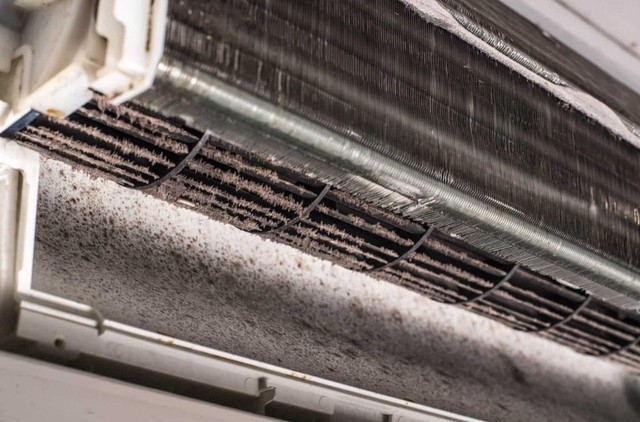
Dr. Hong Yongxiang from Taiwan warns that mold is a silent threat lurking in every home. It produces mycotoxins, toxic substances that can damage your respiratory and digestive systems. What makes mold especially dangerous is its tendency to grow quietly in damp, poorly ventilated spaces, often invisible to the naked eye. Meanwhile, mold spores spread silently through the air.
Prolonged exposure to mycotoxins can lead to symptoms like coughing, shortness of breath, and sinus infections. Children and people with weak immune systems are especially vulnerable. Even worse, eating moldy food can cause diarrhea, abdominal pain, or serious food poisoning.
One of the most dangerous mold species, Aspergillus flavus, can produce aflatoxins—extremely toxic compounds linked to liver cancer. Long-term exposure to indoor mold can also cause chronic fatigue, headaches, memory issues, and in severe cases, affect the nervous system.
That’s why it's critical to clean your home thoroughly and watch out for mold in these five easy-to-miss places:
1. Bathroom Walls and Shower Curtains
These areas are constantly exposed to moisture, creating the perfect breeding ground for Cladosporium mold. It usually hides in tile grout, shower curtains, or dark corners, causing allergies, respiratory irritation, and even skin inflammation. Because mold clings to hard-to-see surfaces, it’s important to clean these areas regularly and ensure proper bathroom ventilation.
2. Inside the Washing Machine
The detergent drawer, rubber door seals, and inner drum often trap moisture and detergent residue after each wash—ideal conditions for Aspergillus and Cladosporium molds. When you open the washer door, mold spores are released into the air and can easily enter your respiratory system.
3. Air Conditioners and Ventilation Systems
Without regular cleaning, A/C units and ventilation systems accumulate dust and moisture, encouraging Aspergillus mold growth. When switched on, they spread mold spores throughout your home, causing eye, nose, and throat irritation—and even lung infections in people with compromised immune systems.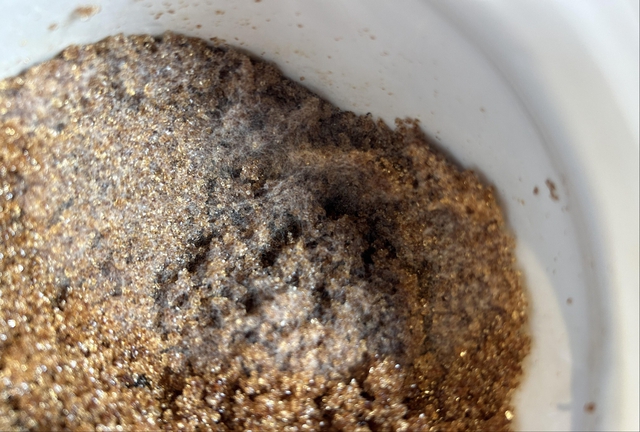
4. Behind Refrigerators, Wardrobes, or Shoe Cabinets
These spots are dark, poorly ventilated, and often damp due to condensation or minor leaks from cooling systems. Stachybotrys mold thrives in such moist environments and produces trichothecene toxins, which irritate the eyes, nose, and throat and may affect the nervous system with prolonged exposure.
5. Spice Cabinets and Seasoning Jars
Cooking steam adds humidity to spice storage areas, which are rarely cleaned thoroughly. Penicillium and Aspergillus molds can grow on old spices or residue stuck inside jars. Not only do they spoil food, but their spores can trigger respiratory problems and cause food poisoning if ingested.
Bottom line:
Mold is more than just an eyesore—it’s a hidden health hazard. By identifying and cleaning these five often-overlooked spots, you can protect yourself and your family from chronic exposure, serious illnesses, and even cancer.
News in the same category

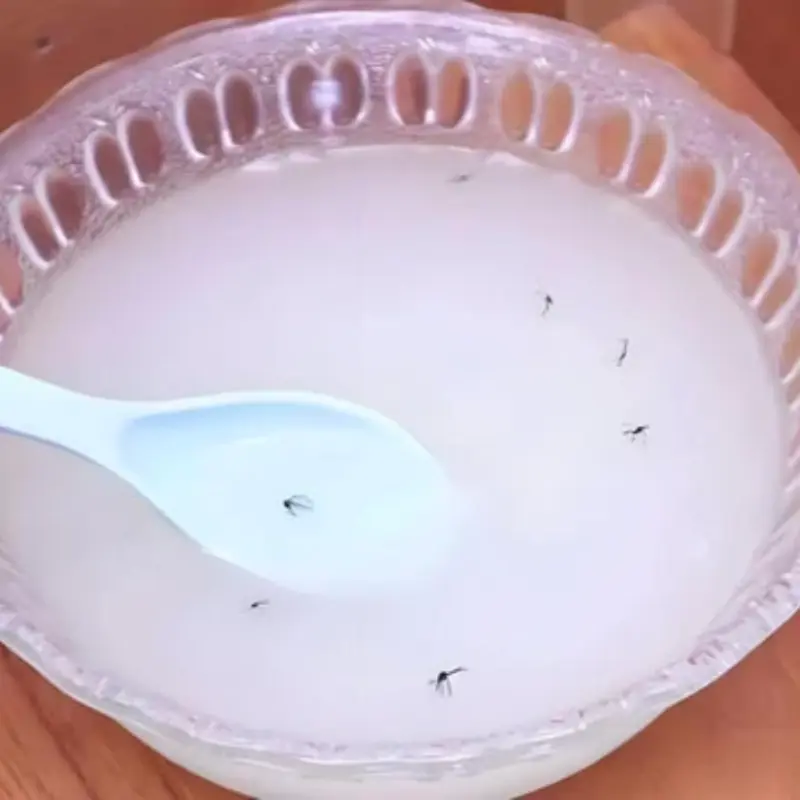
Mixing White Sugar with Laundry Detergent and Spreading It Around the House: The 'Golden' Result Surprised Me

3 Bad Habits That Make You Age Faster: The Third One Is Something Many People Still Do During Holidays

Why You Should Avoid Booking the Last Room at the End of the Hotel Hallway
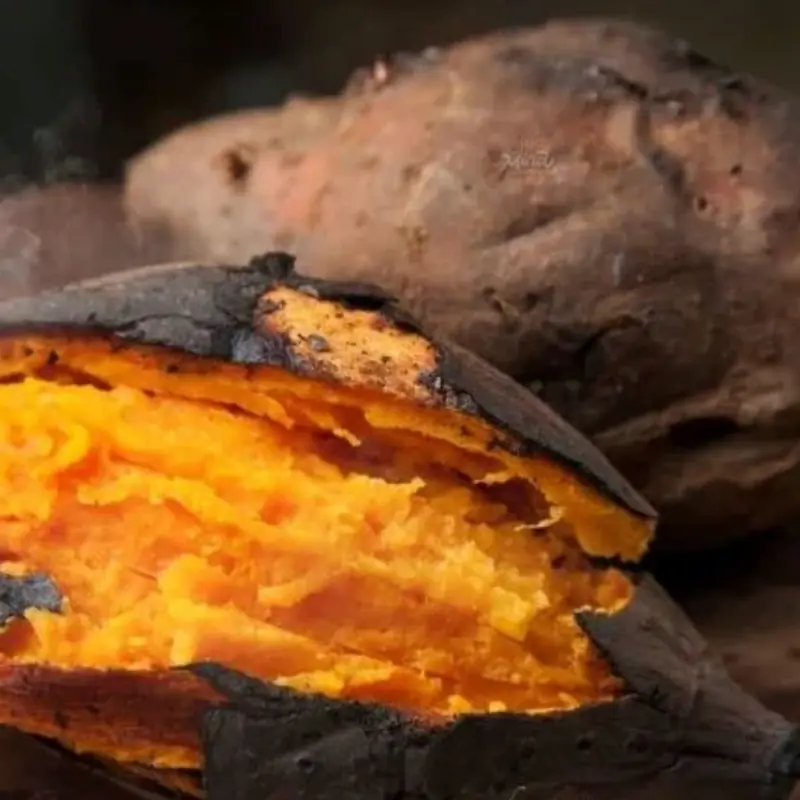
What Happens to People Who Regularly Eat Sweet Potatoes for Breakfast Over a Long Period of Time?

5 things you can bring home when staying overnight at a hotel: Many people don't know how wasteful it is
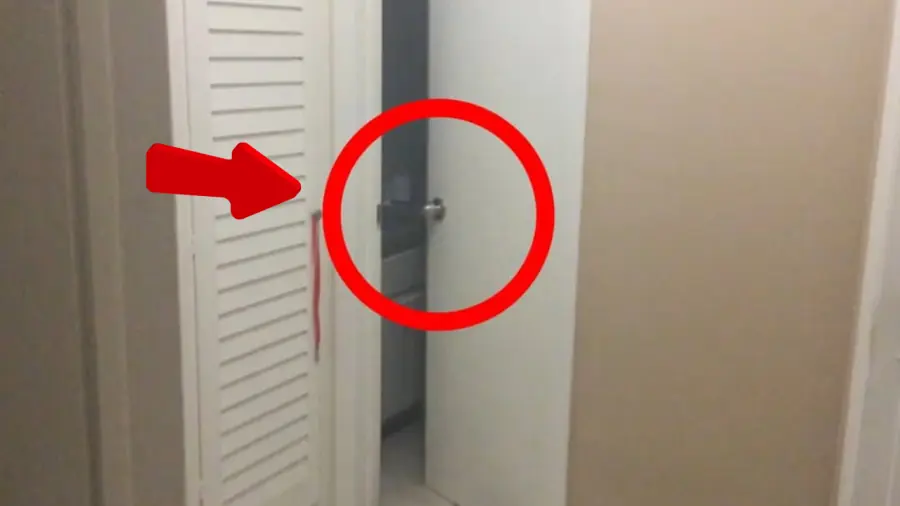
Should You Sleep with Your Bedroom Door Open or Closed at Night? Many Are Surprised by the Truth

Blinded by the Light? 90% of Drivers Say LED Headlights Are Just Too Much
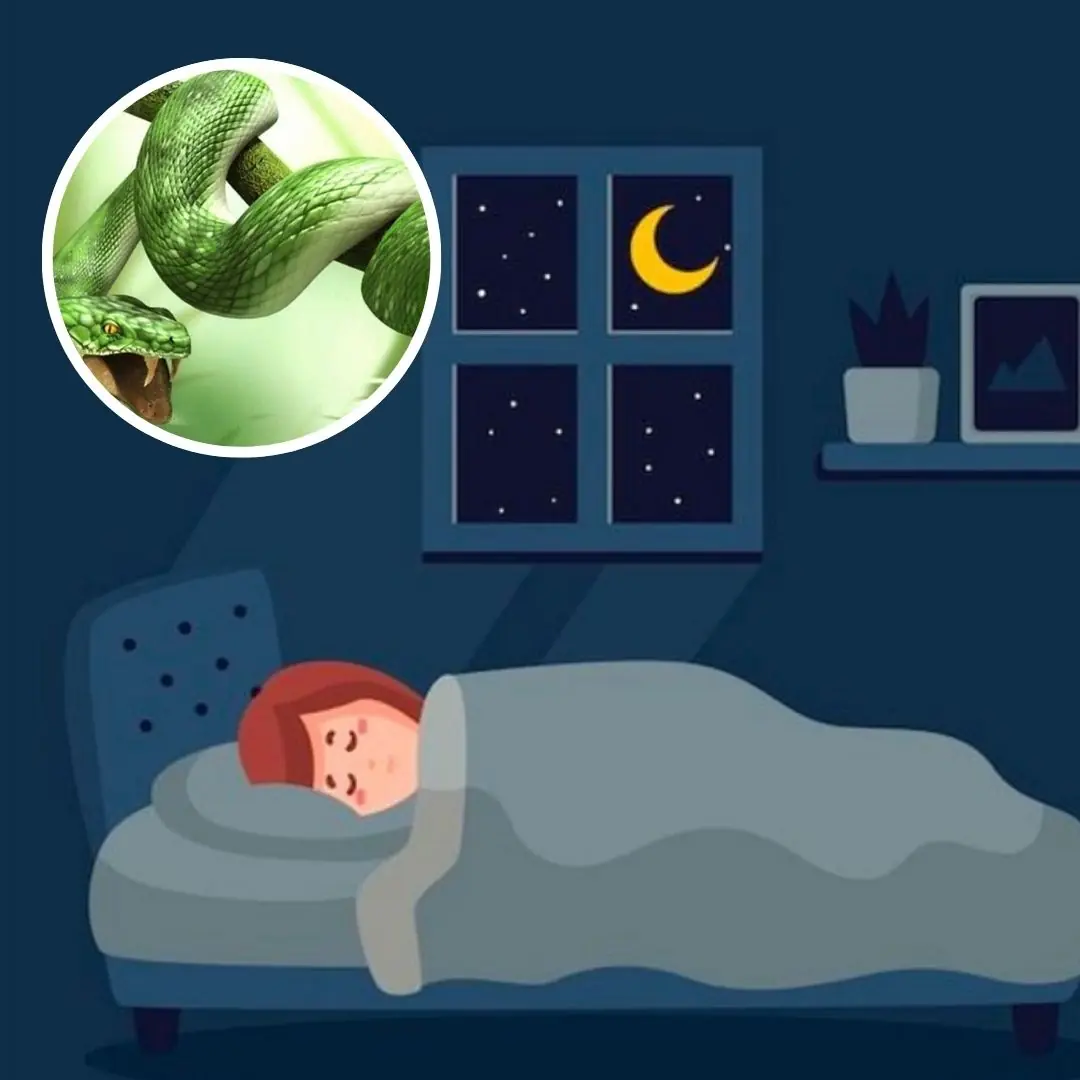
Expert in decoding dreams about snakes

Why Do Hotels Always Choose White Bed Sheets? The Surprising Secrets Behind This Simple Choice

Dining Out? Here Are the Dishes You Should Avoid at Restaurants to Protect Your Health, Wallet, and Enjoyment

12-Year-Old Girl Invents Solar-Powered Blanket To Keep Homeless Warm, Could Save Lives!

Dog Uncovers Ancient "Treasure" During a Casual Beach Walk With Owner!

Why do hotels install phones in the bathroom?

Don’t Buy These 5 Everyday Essentials “Cheap” — The Cheaper They Are, the Shorter Your Lifespan!

Travel Hack or Ancient Wisdom? The Hidden Meaning Behind Knocking Three Times Before Entering a Hotel Room

The cr.e.e.py truth about dogs howling at night

Supermarket Employees Reveal 7 Items You Should Never Buy—Even If They’re on Sale

If You See These 3 Things in a Motel or Hotel Room, Don’t Hesitate—Check Out Immediately
News Post

9 drinks that can naturally reduce liver fat in just 2 weeks

If You Find These 5 Types of Fish at the Market, Fresh and Cheap, Don't Buy Them No Matter What

Mixing White Sugar with Laundry Detergent and Spreading It Around the House: The 'Golden' Result Surprised Me

3 Bad Habits That Make You Age Faster: The Third One Is Something Many People Still Do During Holidays

Prevent Bad Blood Fats from ‘Flooding’ Your Bloodstream by Drinking This Highly Beneficial Beverage

Doctors Warn of Alarming Health Risks of Sleeping with a Fan On During Hot Weather

Reheating These 6 Dishes Could Turn Them into "Poison"
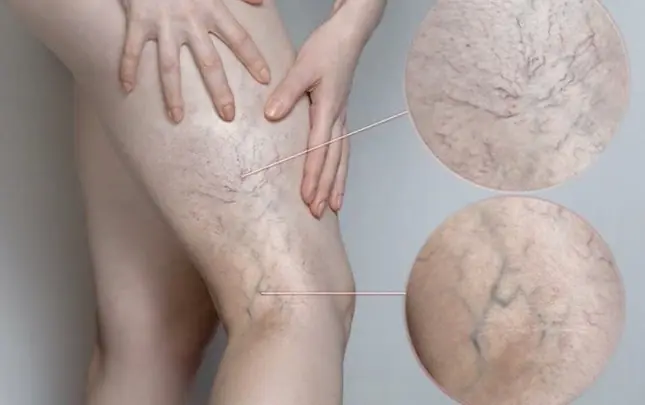
The Silent Threat: A Dangerous Disease Affecting 1 in 3 Asian Adults

Why You Should Avoid Booking the Last Room at the End of the Hotel Hallway

What Happens to People Who Regularly Eat Sweet Potatoes for Breakfast Over a Long Period of Time?
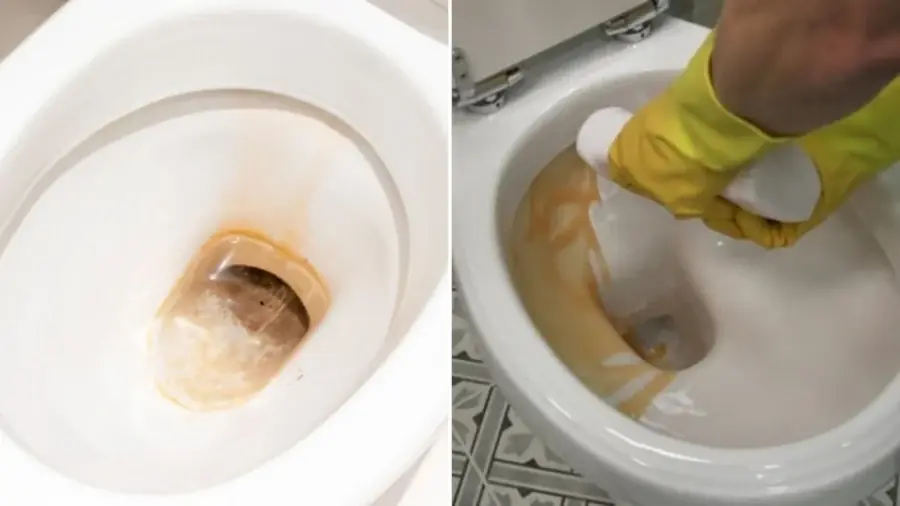
Toilet Bowl Stained Yellow? Try These 5 Cheap and Effective Cleaning Hacks to Make It Sparkle Like New
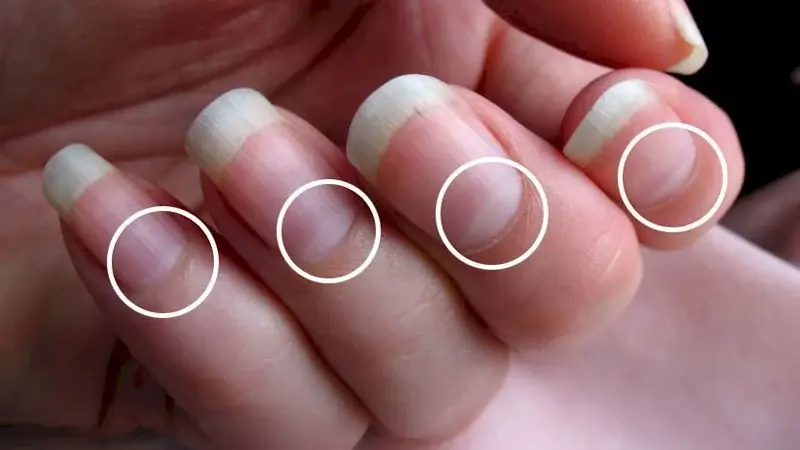
Don’t Wait Until You’re Hospitalized to Regret It: Your Fingernails Have Been Warning You of a Serious Illness for Months!

Snake-Magnet Plants You Should Avoid Growing Near Your Home — No Matter How Beautiful or Fragrant They Are

Siblings Demand Inheritance After Mother’s Death, But Brother-in-Law Shows Them One File That Leaves Everyone Speechless

Add This in Your Hair Oil

More and More People Are Suffering From Cere.bral Infar.ction – Doctors Warn: Avoid These 3 Post-Meal Habits That Can Accelerate the Risk
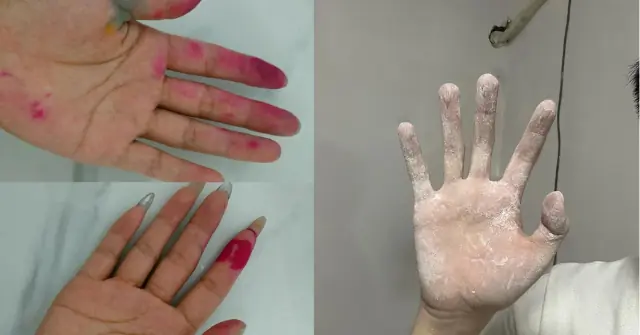
A Sincere Warning: Always Wear Gloves When Doing These 7 Things—Or Risk Har.ming Your Health

How to Differentiate Real Coffee from Adulterated Coffee
